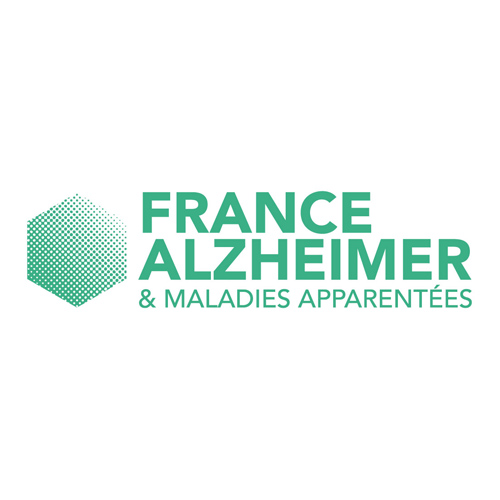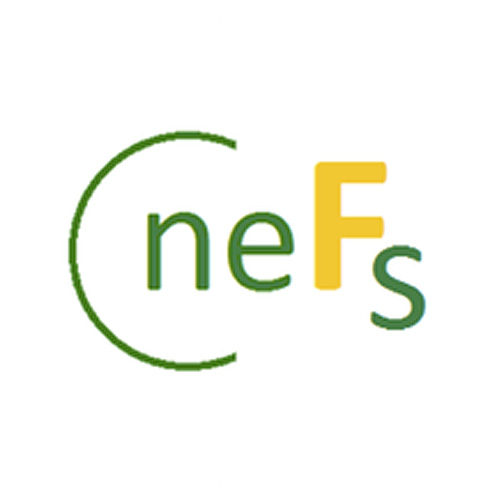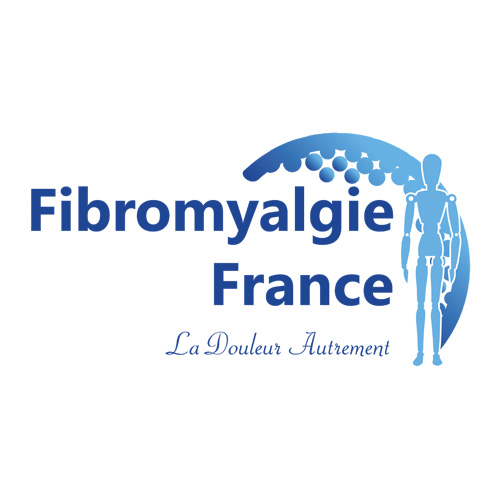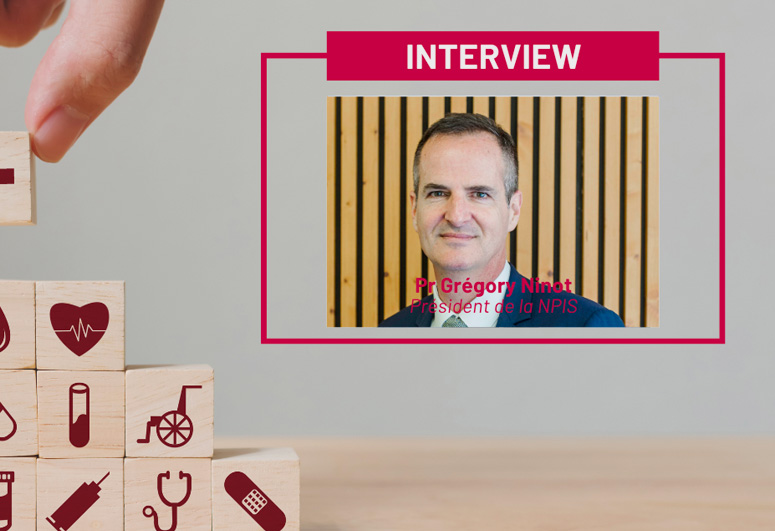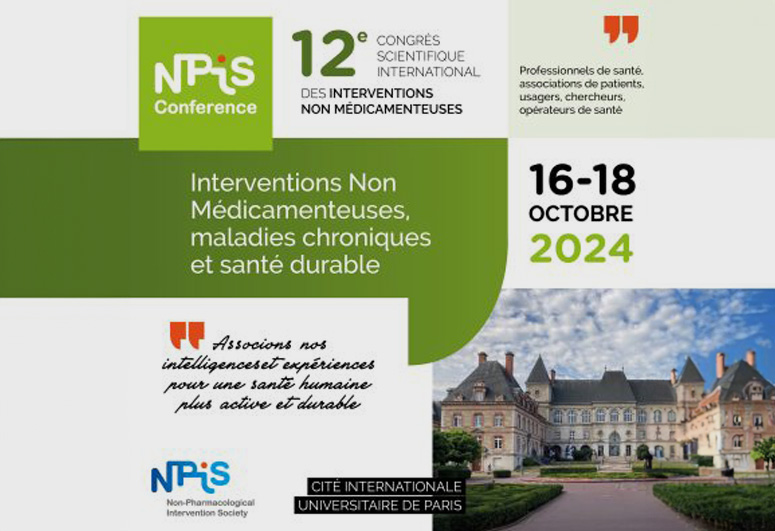What's an NPI ?
The NPIS Registry: why ?
Who is this platform for?
-
I am a citizen, a patient, a caregiver or a professional on a first visit

-
I will be able to easily find information on interventions that are actually INMs. I will also be able to provide feedback on usage. If I want to go further, I will be directed to the conditions for accessing all the data and features of the INM Repository.
-
I am a healthcare professional wishing to access all INM files

-
I will be able to find complete information on INM protocols to deepen my knowledge and practices. I will be able to provide feedback on use.
-
I am a representative of an authority, institution or organization related to health

-
If my practice organization is a partner of the NPIS, I will be able to access all the data and functionalities of the INM Repository.
-
I would like to submit a proposal for a new INM in the Repository

-
If my project meets the definition of an INM and if it is sufficiently supported by scientifically conducted studies, I will be directed to a form which will allow me to write the INM file relating to my project.
-
I am an expert selected under the INM file validation procedure

-
If I have received an email from NPIS accrediting me as an Expert in a defined field, I will be able to register to participate in the expert procedure for which I have been requested.
Become a Submitter
Learn more about NPIS and NPI :
NPIS Questions and Answers
-
Why is there such a direct link between mechanistic, clinical, and implementation studies in the NPIS Model?

-
The connection between mechanistic, interventional, and implementation studies forms the backbone of the epistemological positioning of the NPIS Model regarding the evaluation of NPI. This does not mean that an interventional study, for example, cannot explore biological mechanisms or psychosocial processes. Instead, this backbone provides coherence to the studies and structures the validation process of NPI for integration into a standardized practice framework.
-
What is a prototypical study?

-
Before evaluating an NPI, it is essential to describe it. Sometimes, health practices may involve a combination of diagnostic methods and treatments, as seen in osteopathy. An NPI is not intended to identify or diagnose a health problem; rather, it serves as a preventive or therapeutic solution to address it, sometimes in conjunction with other treatments. A common confusion lies in distinguishing between an NPI and an approach or technique. An approach is too vague and does not accurately describe the content of the NPI, while a technique is too specific, representing only one ingredient of an NPI. A prototypical study allows for the comprehensive description of all characteristics of an NPI, including its health objectives, target population, mechanisms of action, content, implementation context, and the prerequisites for the professional involved.
-

-
PSYCHOSOCIAL DOMINANCE
Psychotherapies:
- Cognitive Stimulation Therapy for memory strategies in Alzheimer’s disease in 14 sessions by a psychologist in a healthcare facility, health center, or private practice.
- Mindfulness Based Stress Reduction (MBSR-BC) program against anxiety during cancer treatments in 8 group sessions by a clinical psychologist, psychiatrist, or physician in an oncology department, a patient association, a private practice, a health center, or a healthcare facility.
- Acceptance and Commitment Therapy for chronic pain in 9 group sessions by a clinical psychologist or psychiatrist in a healthcare facility, health center, or private practice.
- Cognitive Behavioral Therapy for Insomnia (CBT-I) in 6-8 individual sessions, either remote or in-person, by a neuropsychologist, clinical psychologist, psychiatrist, or neurologist in a healthcare facility, health center, or private practice.
- Now I Can Do Heights program using virtual reality to treat acrophobia (fear of heights) by a clinical psychologist or psychiatrist in a private practice or health center.
Health Prevention Programs:
- Living Well with COPD therapeutic education program against symptoms and exacerbations of COPD over 2 months with 4 sessions, in-person or remote, by a nurse, physician, or pharmacist in a healthcare facility, health center, or private practice.
- CHESS Method (Chronic Headache Education and Self-management) for migraine self-management by a nurse or physician in a healthcare facility, health center, or private practice.
- MyFriend Youth Program for preventing anxiety and depression among students aged 12 to 15 years, 10 sessions by a school psychologist or school nurse in an educational institution.
- Spiegel Hypnotherapy Method specialized in smoking cessation in 3 sessions by a psychologist, nurse, physician, or hypnotherapist in a private practice, healthcare facility, health center, or private practice.
- Cognitive Behavioral Therapy for Depression (CBT-d) by a clinical psychologist or psychiatrist in a healthcare facility, health center, or private practice.
CORPOREAL DOMINANCE
Physiotherapy Protocols:
- McKenzie Method for back pain by a physiotherapist in a healthcare facility, health center, or private practice.
- Pelvic Floor Muscle Training (PFMT) program by a midwife or physiotherapist in a health center or private practice.
- Rehabilitation program following hip prosthesis in 6 to 10 sessions by a physiotherapist in a healthcare facility, health center, or private practice.
Adapted Physical Activity Programs:
- Dance Therapy for Parkinson’s Disease addressing psychological symptoms of Parkinson’s by a physical activity instructor in a healthcare facility, health center, or private practice.
- Re-exercise program at ventilatory threshold against dyspnea caused by COPD by a physical activity instructor or physiotherapist in a healthcare facility, health center, or private practice.
- Anti-fatigue APA program during treatments for breast, prostate, or colon cancer by a physical activity instructor in a healthcare facility, health center, or private practice.
Thermal Treatments:
- Specialized thermal cure for gonarthrosis by a physiotherapist or thermal agent in a thermal facility.
NUTRITIONAL DOMINANCE
- Gluten-free diet for celiac disease by a dietitian in a healthcare facility, health center, or private practice.
- FODMAP diet for gastrointestinal disorders by a dietitian in a healthcare facility, health center, or private practice.
-
Why is the term NPI so little known?

-
The term NPI has been used by scientists working in the health field since 1975. However, it is not the only term; other similar terms are used synonymously, especially in PubMed. There are ten English terms to describe non-pharmacological processes and twenty-eight to describe methods of operation. An exhaustive inventory of NPI on a scientific article search engine is currently impossible due to the variety of terms researchers use, each with distinct meanings: rehabilitation intervention, psychosocial intervention, mental intervention, cognitive intervention, psychological intervention, behavioral intervention, psychosomatic intervention, nutrition intervention, dietary intervention, food intervention, physical intervention, body intervention, exercise intervention, manual intervention, salutogenic intervention, natural intervention, self-help intervention, nursing intervention, therapy intervention, care intervention, disease management intervention, multimodal intervention...
A search on PubMed from August 15, 2024, indicates 55,689 articles citing the term "non-pharmacological" or its equivalent up to 2023. While these figures do not challenge the trend, they are likely underestimated due to the database's focus on health products rather than services, biological treatments over psychosocial ones, studies on North American populations, and journals published by North American organizations. This aligns with an official U.S. government site managed by the National Center for Biotechnology Information and hosted by the National Library of Medicine, part of the National Institutes of Health (NIH).
A search on PubMed from August 15, 2024, also reveals 11,642 articles citing the term "non-pharmacological intervention" or its equivalent up to 2023. Both curves demonstrate an increase since 2000, with a notable acceleration since 2010.
The French National Authority for Health has been encouraging the use of the term NPI in health since 2011. -
What is the added value of the NPIS Registry for a healthcare professional?

-
Accessible Protocols in Consultation
- Enhanced Quality and Safety: Strengthens the quality and safety of existing practices through formalization, harmonization, and securitization.
- Integration with Professional Software: Codified NPI can be integrated into healthcare management software.
- Digital Documentation: Access to documentation from computers, tablets, or smartphones for ease of use.
- Broad Validation: Extends validation to all relevant professionals in the region.
- Quick and Easy Access: Facilitates rapid access to information at critical decision-making moments for prevention and care.
- Simplicity in Tracking: Eases the follow-up and evolutionary process of best implementation practices (e.g., identifying barriers, professional leadership, availability of training and support).
Quality Control and Adherence to Protocols
- Traceability: Utilizes unique coded protocols for tracking.
- Strengthened Care Link: Enhances the relationship between care provision and patient support.
- Monitoring Relevant Indicators: Provides tools for tracking key performance indicators.
- Continuous Education Tool: Serves as a resource for ongoing professional development.
- Regular Updates: Incorporates regular updates based on user feedback.
Means of Valuation
- Response to Identified Multidisciplinary Issues: Addresses problems identified by healthcare teams in a specific territory.
- Extended Roles for Various Professionals: Expands the roles of many professionals, particularly non-physicians.
- Elimination of Ineffective Protocols: Phases out protocols that are ineffective, hazardous, or costly.
- Reduction in Meeting Time: Decreases the need for multiple meetings focused on intervention planning.
- Support for Innovation: Encourages professionals to experiment with new practices, boosting their confidence.
- Financial Valuation: Ensures appropriate financial and resource allocation for effective implementation.
-
Why require the conduct of an implementation study for NPI?

-
If a clinical trial demonstrates the effectiveness of an NPI in one country, it does not necessarily mean that the health prevention or care protocol is equally relevant, feasible, or acceptable in another. Therefore, the NPIS Model recommends conducting an implementation study to identify the conditions for implementing the NPI in a specific health territory or country, ensuring that best practices respect local culture, habits, customs, and individual preferences.
Our supporters
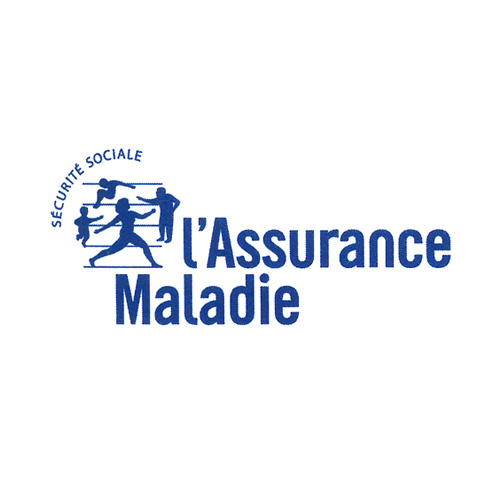
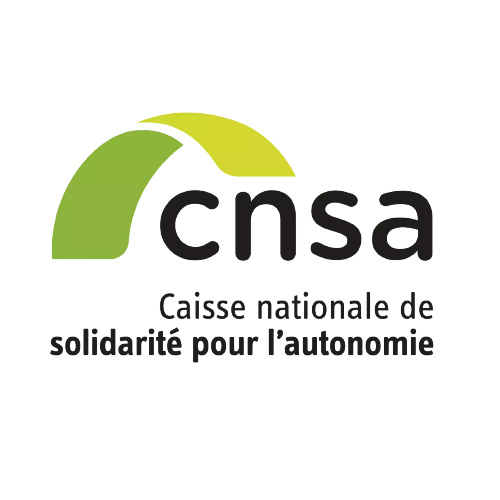
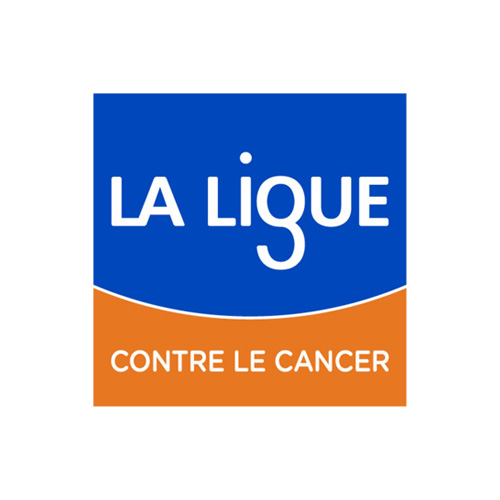


Our partners
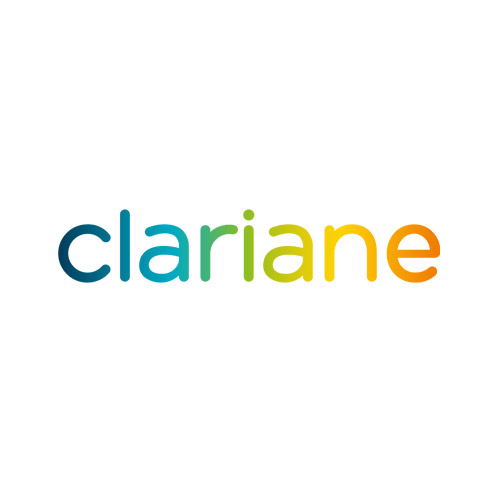

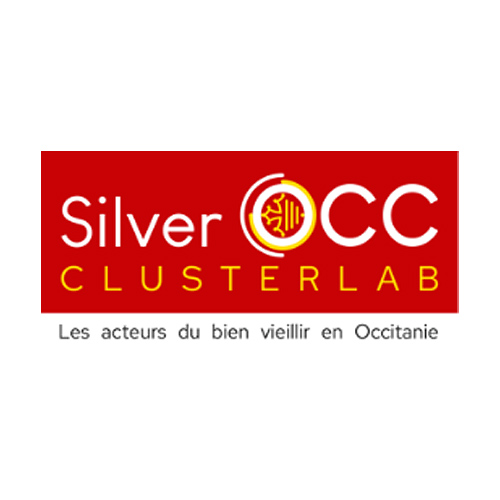

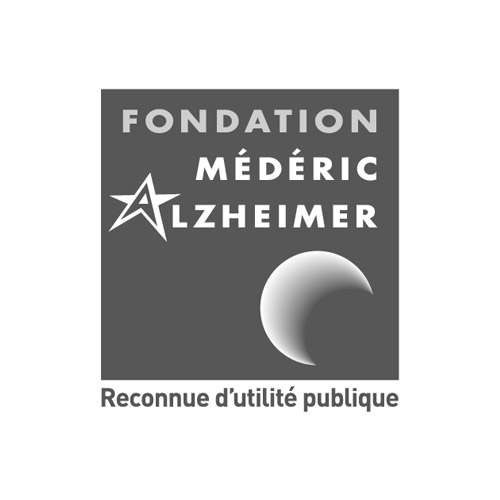
Our allies
